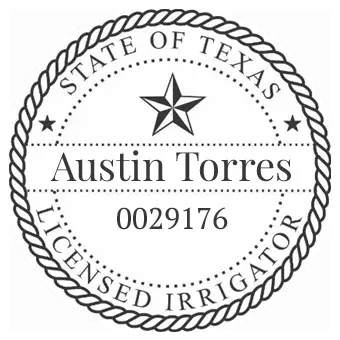

My lawn is patchy, brown, or lifeless
I’m tired of dealing with weeds and bare spots
I’ve tried everything, but my lawn still won’t grow
I'm anxious trying to find a trustworthy contractor


REVIEWS
VIDEO
TESTIMONIALS
Austin, Sam, Mo and Bernie were great. We had zoysia sod installed in the front yard and front fences and gates replaced. The grass is flourishing and the fence looks wonderful. It was a pleasure to work with On Point and we will definitely be reaching out to them again for future projects!
Coming soon
You get a nearly instant Lawn
A lush, green lawn that you can enjoy
Sod filters dust, reduces heat, and adds oxygen
Sod helps prevent weeds by choking them out
Peace of mind knowing you chose the right sod installation experts


It Depends. A small front yard can be as low as $2,000, whereas a large yard can get up to as much as $20,000 or much more! The average sod installation with On Point is about $5,000. Click here for more on sod prices
Unlike seeding, you can install sod any time of year in Texas. However, there are pros and cons to installing sod in each season. The summer time can be the most challenging and it is not recommended if you can avoid it. Fall and spring are amazing times to plant. Sod experts agree that the winter time is also an amazing time to plant sod because dormant sod needs very little water and still slowly takes root. Click here to see when the best time to plant sod is for you.
In Dallas Fort Worth, the main species of sod are St. Augustine, Bermuda, and Zoysia. There’s multiple types of each species, called cultivars. St. Augustine and Zoysia are well suited for more shaded environments, whereas bermuda is only good for direct sunlight. St. Augustine requires the most water, and zoysia is the lowest maintenance. Click Here to read more on which sod type is best for you
Yes! If you would like a ballpark figure over the phone, we’ll be more than happy to help you. Getting you information quickly and easily is very important. Call now 214 702 1902
There are multiple ways to install sod. Based on Texas A&M agriculture, we recommend a herbicide-free approach which includes scalping and removing the existing vegetation, tilling thoroughly, adding enriched topsoil and grading, laying the sod tight and staggered, soaking the sod, rolling the sod with a 250lb roller, and making sure all sprinklers are functioning and programed correctly. For more details, Read our 28 step sod installation process
For newly laid sod, you want to soak the soil every day for the first 10 to 14 days. This usually equates to watering your lawn anywhere from 20 minutes to an hour total per section of yard, depending on the watering method. For an established lawn, you’ll want to water anywhere from 1 to 3 times a week, and for as little as possible while keeping the yard green (10 to 20 minutes for spray heads and 20 to 50 minutes for rotors). These recommendations are quite broad however, so click here for a detailed watering guide.
There’s one thing that’s guaranteed with sod grass – you’re going to get weeds. However, proper lawn care can greatly reduce them. Regular mowing, watering, and fertilizing help your grass thrive and crowd out weeds. Applying pre-emergent herbicides in spring and fall can prevent many weeds, while spot-treating with selective herbicides controls existing ones. Consistent care is the key to a weed-resistant lawn.
Don’t install sod if: 1) you have less than 3 hours of direct sunlight, or 6 hours of spotted sunlight. 2) If you have drainage issues. 3) If you don’t have a reliable way to water your yard (ex. Sprinkler system). And there are other reasons to NOT install as well. In general, make sure your trees are trimmed, drainage problems are fixed, and you have a sprinkler system in place before planting new sod.

